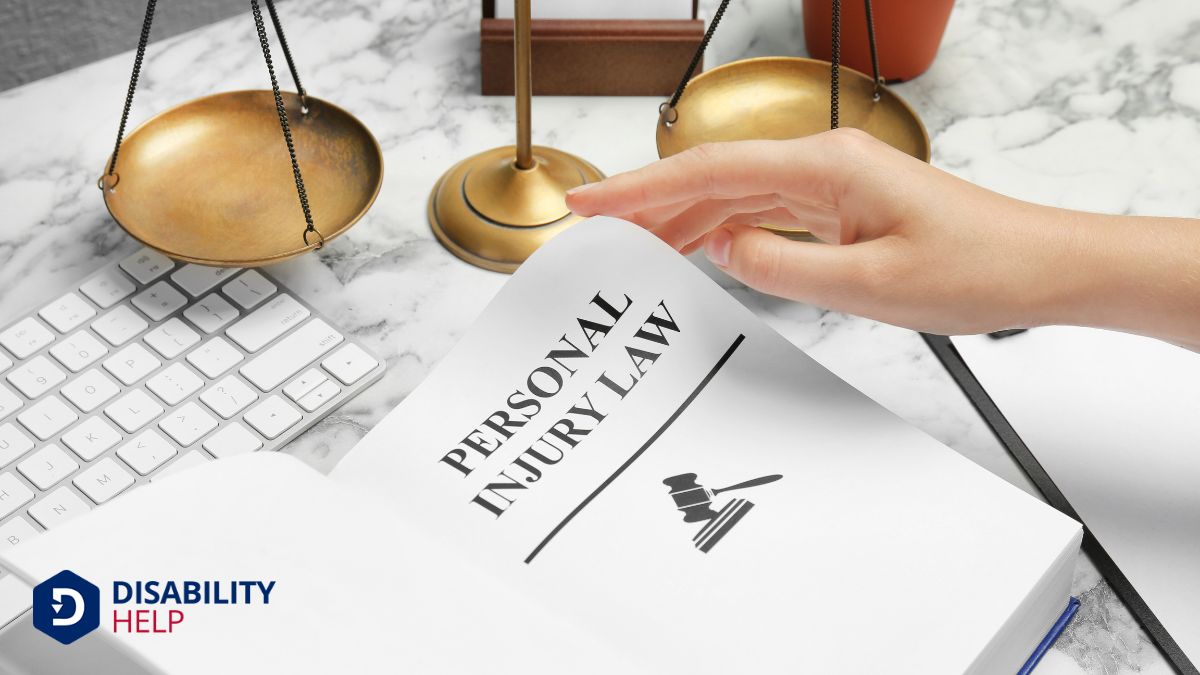In personal injury cases, "duty of care" is a key concept we can't ignore. It revolves around the idea that individuals have a legal responsibility to avoid causing harm to others through their actions or inaction. This standard of care is determined by what a reasonable person would do in similar circumstances. But how do we establish this duty, and what happens when it's breached? Let's explore the implications further.
Key Takeaways
- Duty of care is a legal obligation to prevent causing harm to others.
- It requires acting with a standard of care in similar circumstances.
- Establishing a duty of care is crucial in personal injury negligenceA legal concept where a party fails to exercise reasonable care, resulting in harm to another person... claims.
- Breach of duty occurs when reasonable care standards are not met.
- Liability is determined by examining the relationship and foreseeability of harm.
Understanding the Concept of Duty of Care

When we talk about the concept of duty of care, we're diving into a fundamental principle in personal injury lawThe area of law that deals with compensating individuals who have been injured, including those with.... It’s all about the responsibility one party has to avoid causing harm to another.
We must understand that duty of care isn’t just a vague obligation; it’s a legal requirement that demands individuals and organizations act with a certain standard of care to prevent foreseeable harm. This means considering what a reasonable person would do in similar circumstances.
By grasping this, we’re better equipped to navigate personal injury cases. If someone fails in their duty, and it results in injury, they may be liable.
Understanding this concept helps us see how the law aims to protect and prioritize safety in everyday interactions.
How Duty of Care Applies in Different Contexts
Although many of us understand the general idea of a duty of care, it's important to recognize how it varies across different situations.
Duty of care isn't a one-size-fits-all concept; it adapts based on the context.
Let's consider a few examples to illustrate this:
- Drivers must guarantee the safety of other road users by following traffic laws.
- Doctors owe their patients a duty to provide competent medical care.
- Property owners need to maintain safe premises to prevent visitor injuries.
- Employers should guarantee a safe working environment for their employees.
- Manufacturers must design and produce safe products for consumers.
Establishing Duty of Care in Negligence Claims
Establishing a duty of care in negligence claims is a critical step in determining liability. When we explore these claims, our primary focus is on the relationship between the involved parties.
We must identify if a legal obligation exists for one party to act with reasonable care towards another. This often involves examining the circumstances and roles involved, such as a driver’s responsibility to other road users or a business owner’s duty to maintain a safe environment for customers.
We should also consider the foreseeability of harm—could a reasonable person predict the potential for injury?
Proving a Breach of Duty in Personal Injury Cases
Proving a breach of duty in personal injury cases involves demonstrating that the defendant failed to uphold their obligation to act with reasonable care. To achieve this, we need to present evidence that clearly illustrates this failure.
Let’s consider the following key elements:
- Duty Acknowledgment: Confirm that a duty of care existed between the defendant and us.
- Defendant’s Conduct: Highlight actions or omissions by the defendant that were unreasonable.
- Violation of Standards: Show how these actions deviated from what a reasonable person would do.
- Foreseeability: Demonstrate that the harm was a foreseeable result of their actions.
- Causation: Establish a direct link between the breach and our injury.
The Role of Duty of Care in Case Outcomes

When examining the role of duty of care in case outcomes, it's crucial to recognize how central this concept is to determining liability. We must understand that the duty of care establishes the standard of behavior expected to prevent harm. If breached, it becomes a pivotal factor in personal injury cases. A plaintiff must prove the defendant failed to meet their duty, leading to the injury.
In our legal proceedings, the outcome often hinges on whether this breach existed and directly caused the harm. Courts assess the relationship between the parties and the foreseeability of harm.
Conclusion
In personal injury cases, we’ve seen how essential the duty of care is in determining negligence. By understanding this concept, we can better navigate the legal landscape and assess whether a breach occurred. It’s all about ensuring everyone acts reasonably to prevent harm. As we consider our own actions, let's remember our responsibility to others. This understanding not only influences case outcomes but also promotes a safer, more conscientious society for us all.






